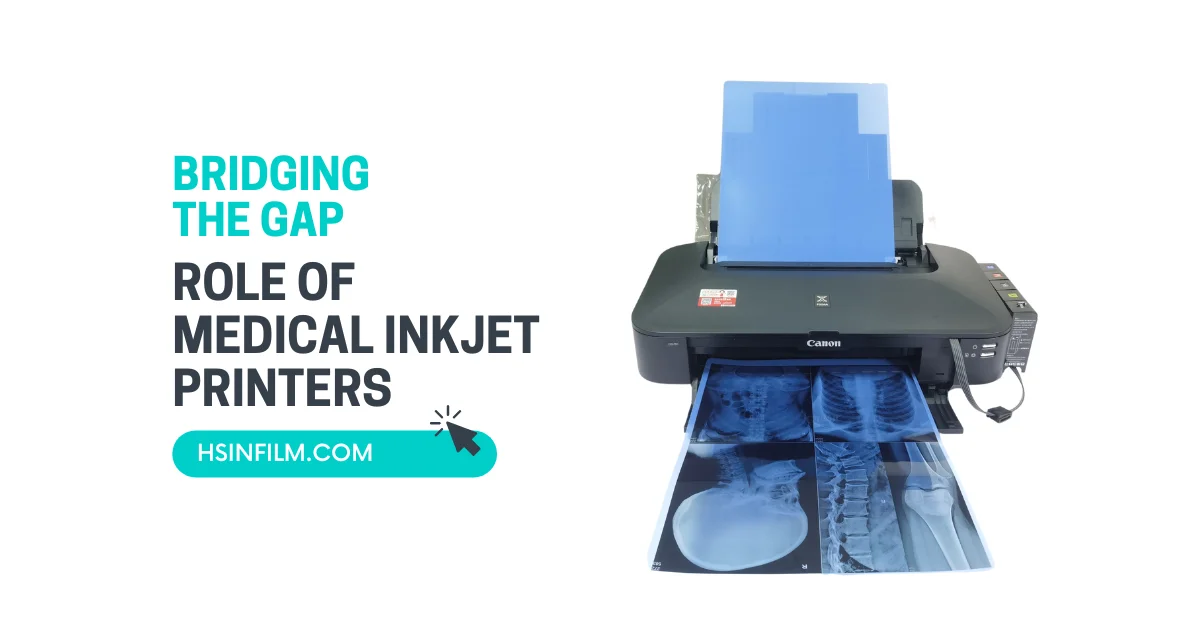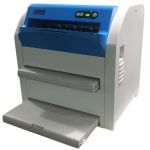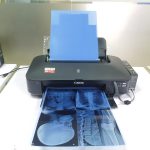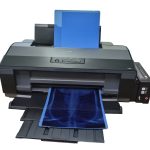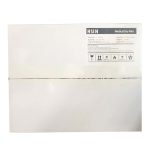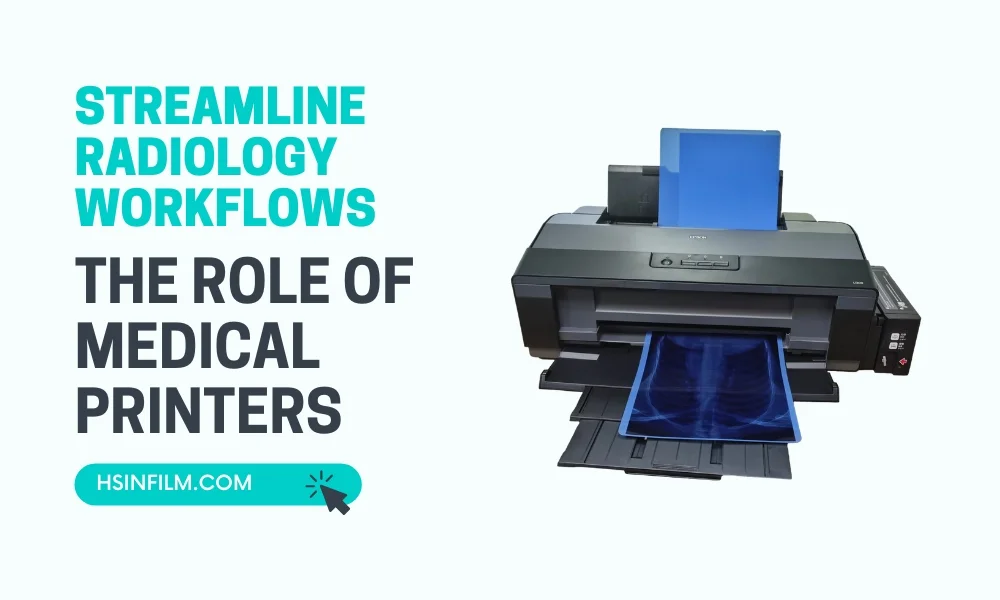Medical inkjet printers are indispensable in modern healthcare settings, providing high-quality printing solutions that enhance diagnostic capabilities and streamline operations. These printers are designed to meet the unique demands of the medical field, ensuring that critical information is accurately and efficiently communicated. In this comprehensive guide, we will explore the role of medical inkjet printers, their benefits, applications, and best practices for their use.
Table of Contents: Role of Medical Inkjet Printers
What Are Medical Inkjet Printers?
Definition and Overview
Medical inkjet printers are specialized devices that use inkjet technology to produce detailed and high-resolution prints. Unlike standard office printers, medical inkjet printers are tailored to handle medical imaging and documentation needs, such as printing X-rays, medical reports, and patient records. They offer precision and reliability, which are essential in healthcare environments.
Key Features
Medical inkjet printers are equipped with features that make them suitable for healthcare applications:
- High Resolution: Capable of producing detailed images and documents that are crucial for accurate diagnosis and record-keeping.
- Versatile Media Handling: Able to print on various media types, including medical films and specialized papers.
- Efficient Ink Usage: Designed to minimize ink wastage while maintaining print quality.
Benefits of Medical Inkjet Printers
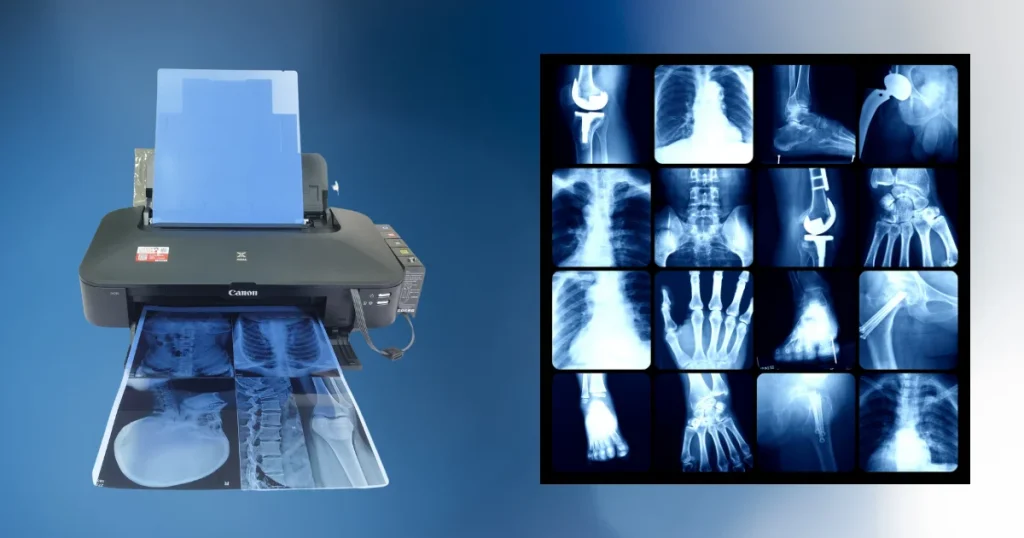
High-Quality Imaging
One of the primary benefits of medical inkjet printers is their ability to produce high-quality images. This is essential for medical applications where clarity and detail are critical for diagnosis and treatment. For example, radiologists rely on high-resolution prints of X-rays and other medical images to identify abnormalities and plan treatments.
Cost-Effectiveness
Medical inkjet printers offer a cost-effective solution for healthcare facilities. They typically have lower upfront costs compared to other types of medical printers, and they are economical in terms of ink usage. This makes them an affordable choice for clinics and hospitals looking to manage costs without compromising on quality.
Versatility and Flexibility
These printers are versatile and can handle a wide range of printing tasks, from producing medical reports to printing patient records and educational materials. This flexibility makes them an invaluable tool in various healthcare settings, including hospitals, clinics, and laboratories.
Easy Integration
Medical inkjet printers can be easily integrated into existing healthcare IT systems, allowing for seamless printing of electronic health records (EHRs), test results, and other critical documents. This integration helps improve workflow efficiency and ensures that healthcare providers have quick access to the information they need.
Check our medical inkjet printers.
Applications of Medical Inkjet Printers
Printing Medical Images
Medical inkjet printers are extensively used for printing medical images such as X-rays, MRIs, and CT scans. These prints are essential for diagnosing and monitoring various medical conditions. The high-resolution prints provided by medical inkjet printers ensure that healthcare professionals have the detailed images they need for accurate assessments.
Producing Patient Records
Accurate and up-to-date patient records are crucial for effective healthcare delivery. Medical inkjet printers are used to print comprehensive patient records, including medical histories, test results, and treatment plans. This helps healthcare providers maintain organized and accessible records, improving patient care and communication.
Creating Educational Materials
Medical inkjet printers are also used to produce educational materials for patients and healthcare staff. These materials, such as brochures, pamphlets, and training manuals, provide valuable information on various medical conditions and treatments. High-quality educational materials help enhance patient understanding and support continuous learning among healthcare professionals.
Laboratory Documentation
In laboratories, medical inkjet printers are used to print test results, labels, and other critical documents. This ensures that laboratory findings are accurately documented and easily accessible to healthcare providers, facilitating timely and effective medical decision-making.
Best Practices for Using Medical Inkjet Printers
Regular Maintenance
To ensure optimal performance, medical inkjet printers require regular maintenance. This includes cleaning the printer heads, checking ink levels, and replacing cartridges as needed. Regular maintenance helps prevent print quality issues and extends the lifespan of the printer.
Proper Training
Healthcare staff should receive proper training on how to use medical inkjet printers effectively. This includes understanding how to operate the printer, troubleshoot common issues, and perform routine maintenance tasks. Proper training helps ensure that printing tasks are completed quickly and accurately, reducing the risk of errors.
Using Quality Materials
Using high-quality ink and paper is essential for achieving the best results with medical inkjet printers. Healthcare facilities should invest in quality materials that are compatible with their printers to ensure clear and durable prints. This helps maintain the integrity of medical documents and images.
Implementing Security Measures
Medical inkjet printers often handle sensitive patient information. It is important to implement security measures to protect this data and ensure its confidentiality. This includes using secure printing methods, regularly updating printer software, and following best practices for data security.
Staying Updated with Technology
Medical technology is constantly evolving, and it is important to stay updated with the latest advancements. This includes keeping up with new developments in medical printing technology and investing in the latest equipment. By staying current with technology, healthcare facilities can ensure that they are using the best tools available to deliver high-quality care.
Choosing the Right Medical Inkjet Printer
Assessing Your Needs
When choosing a medical inkjet printer, it is important to assess the specific needs of your healthcare facility. Consider the types of documents and images you need to print, the required print quality, and the volume of printing. This will help you select a printer that meets your requirements.
Evaluating Features
Look for features that are important for your healthcare setting, such as high-resolution printing, fast print speeds, and versatile media handling. Evaluate the printer’s capabilities and ensure that it can handle the types of printing tasks you need to perform.
Considering Costs
Consider the total cost of ownership when choosing a medical inkjet printer. This includes the upfront cost of the printer, the cost of ink and other consumables, and maintenance costs. Choose a printer that offers good value for money and meets your budget.
Reading Reviews
Read reviews and seek recommendations from other healthcare professionals to find a reliable and reputable medical inkjet printer. Reviews can provide valuable insights into the printer’s performance, reliability, and ease of use.
Conclusion
Medical inkjet printers play a crucial role in modern healthcare by providing high-quality printing solutions for a wide range of medical applications. They enhance diagnostic capabilities, improve record-keeping, and support efficient workflows in healthcare settings. By understanding the benefits and applications of medical inkjet printers and following best practices for their use, healthcare providers can ensure that they deliver the best possible care to their patients.
Investing in high-quality medical inkjet printers and staying updated with the latest advancements in printing technology can help healthcare facilities maintain high standards of care and improve patient outcomes. Whether you are a healthcare professional, a facility manager, or someone interested in the healthcare industry, understanding the role of medical inkjet printers is essential for ensuring that healthcare services are delivered effectively and efficiently.
